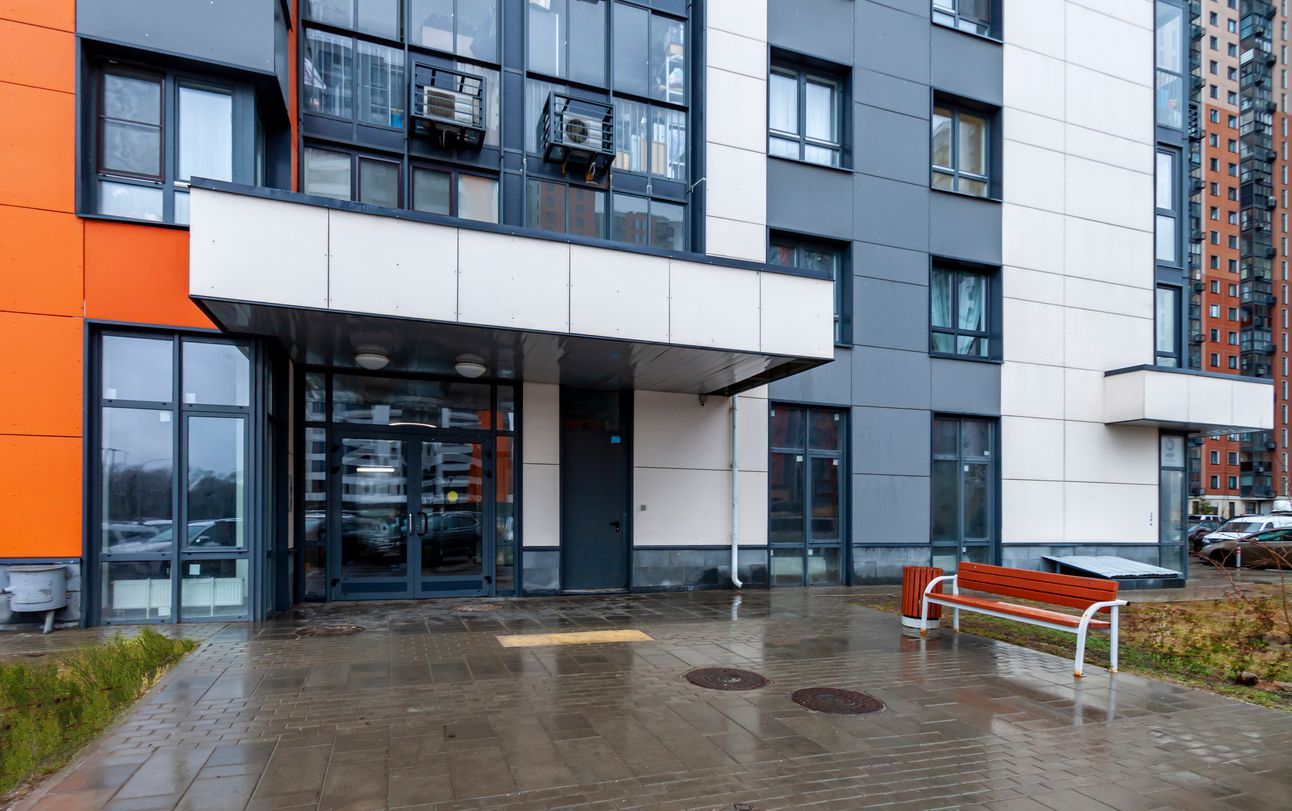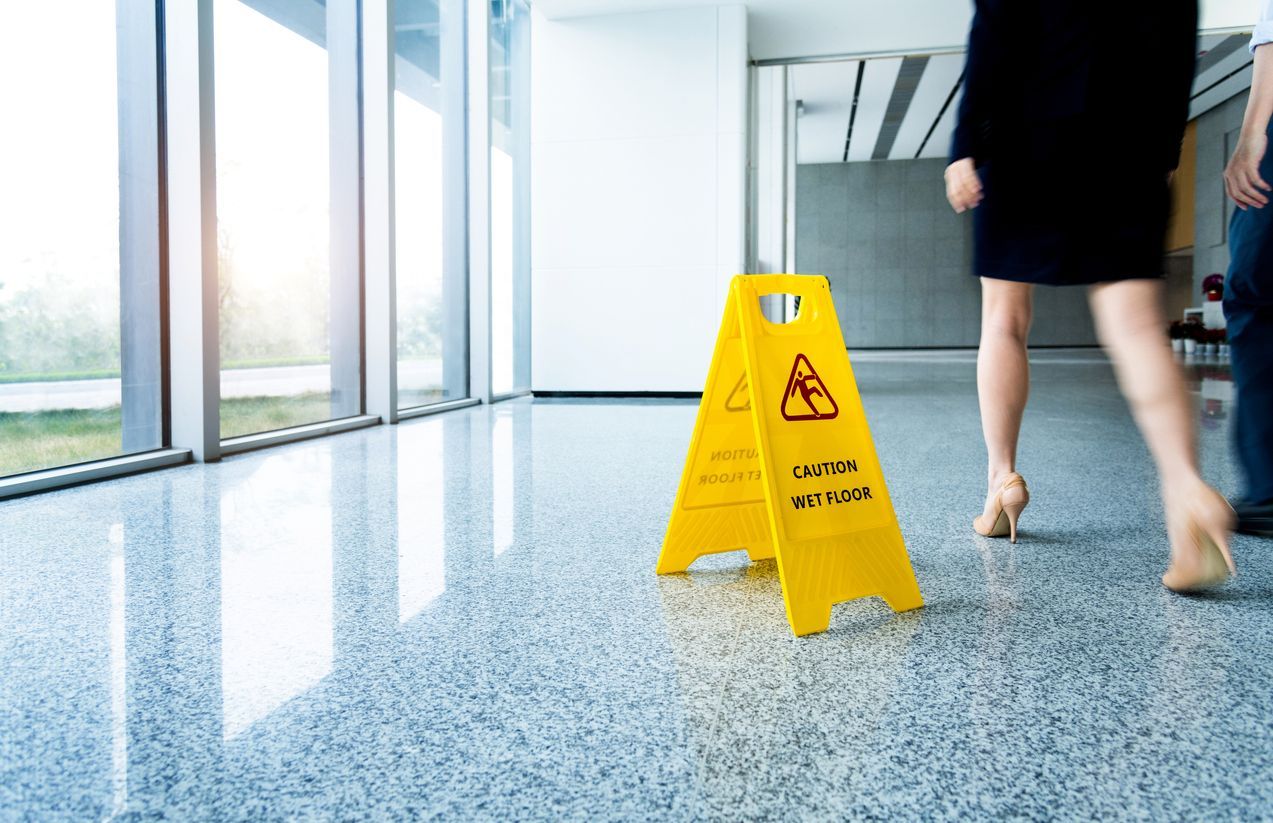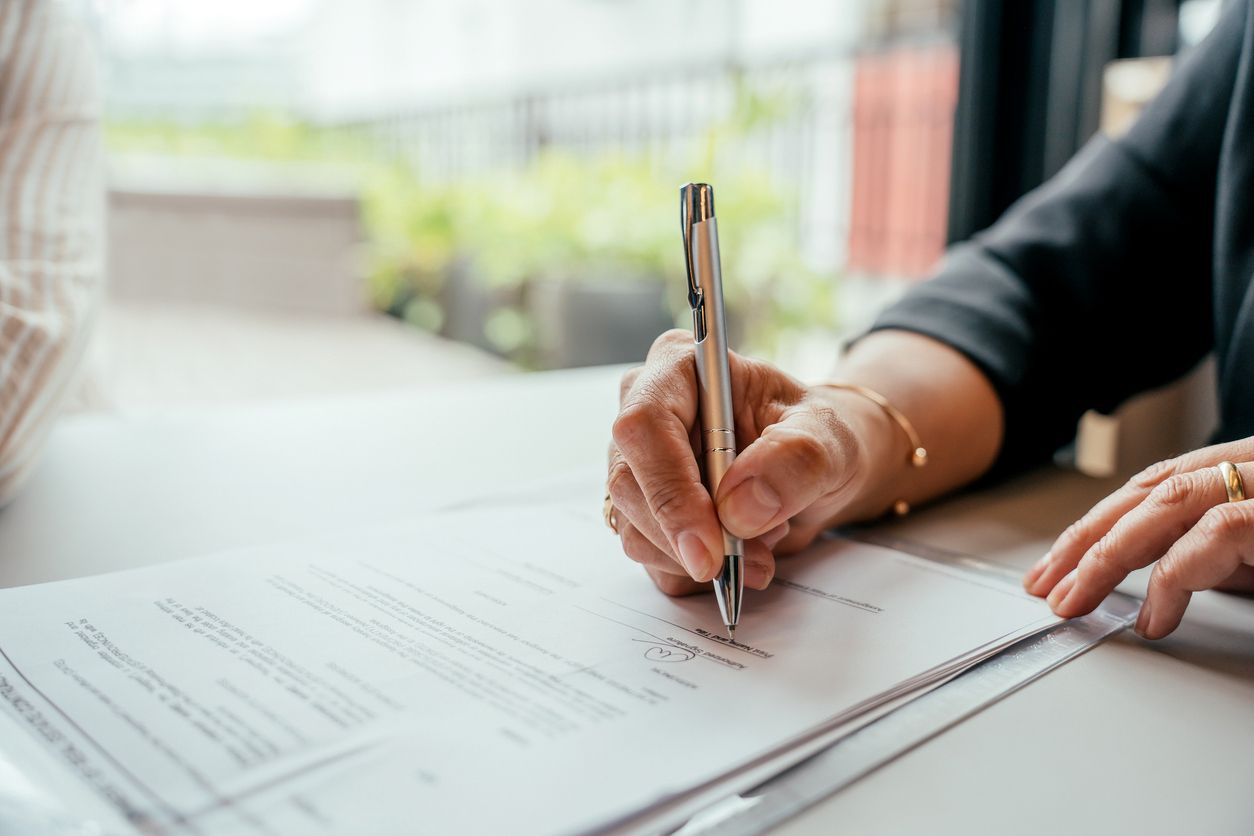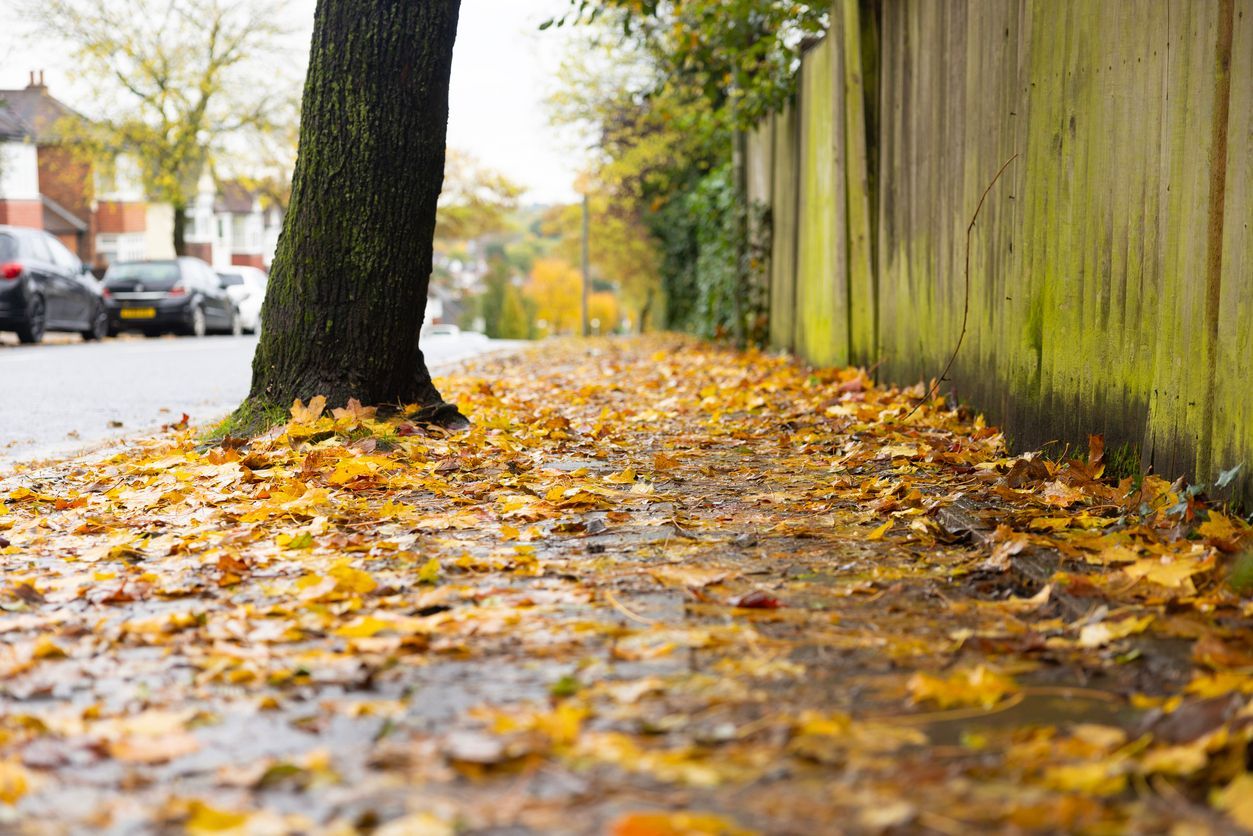Understanding Tenant vs. Landlord Responsibility in Falls in Apartment Buildings Before Pursuing a Slip and Fall Injury Lawsuit
Slip and fall accidents in apartment buildings are more common than many people realize. A simple trip on an icy walkway, a wet lobby floor or a poorly lit stairwell can result in serious injuries and raise complicated questions about liability. If you’ve been injured in an apartment slip and fall, you may be wondering: Is the landlord responsible or does the tenant bear some responsibility?
Understanding liability is essential before pursuing a
slip and fall injury lawsuit. Below, we’ll break down landlord obligations, tenant responsibilities and situations where both may share liability.
Landlord Obligations in Slip and Fall Accidents
In Ontario, landlords have a legal duty to maintain safe conditions in and around apartment buildings. This responsibility falls under the
Occupiers’ Liability Act, which requires landlords (and property managers) to take reasonable steps to keep common areas safe.
Common areas where landlords are responsible include:
- Sidewalks, driveways and parking lots
- Lobbies, hallways and stairwells
- Elevators and laundry rooms
- Outdoor areas, such as patios or shared green spaces
Examples of landlord negligence may include:
- Failing to clear snow and ice from walkways
- Ignoring broken handrails or uneven stairs
- Allowing water leaks that create slippery floors
- Neglecting poor lighting that contributes to accidents
If a landlord fails to meet these obligations and someone is injured, they may be held liable in a slip and fall injury lawsuit.
Tenant Responsibilities in Preventing Slip and Fall Accidents
Tenants also have responsibilities when it comes to preventing accidents. While landlords oversee common areas, tenants must maintain the inside of their units and avoid creating hazards that could injure others.
Examples of tenant responsibility include:
- Cleaning up spills inside their apartment
- Avoiding clutter in entryways that could cause trips
- Not overloading balconies or hallways with personal items
- Reporting hazards (such as leaks or broken lights) to the landlord promptly
If a slip and fall occurs because a tenant failed to act responsibly, they may share liability for the accident.
Shared Liability: When Both Landlord and Tenant May Be Responsible
In many cases, slip and fall liability isn’t black and white. Ontario courts recognize the concept of shared liability, where both the landlord and tenant may be partially responsible.
For example:
- A tenant slips on ice outside the building. If the landlord failed to clear the ice, they may be liable. However, if the tenant was running carelessly or wearing unsafe footwear, they may also share responsibility.
- A tenant reports a broken stair to the landlord, but the landlord delays repairs. If the tenant continues to use the stair without caution and falls, liability could be divided.
Shared liability means damages may be reduced based on each party’s contribution to the accident.
What to Do After a Slip and Fall in an Apartment Building: Advice from a Slip and Fall Attorney
If you’re injured in a slip and fall, taking the right steps can strengthen your case:
- Seek medical attention immediately.
- Report the accident to the landlord or property manager.
- Document the scene with photos of hazards, lighting and conditions.
- Collect witness statements from neighbours or visitors.
- Seek legal advice to evaluate your options.
How Can Aaron Waxman and Associates, P.C. Help?
Navigating a slip and fall injury lawsuit can be overwhelming, especially when liability is unclear. Aaron Waxman and Associates, P.C. provides extensive services in personal injury law, including slip and fall cases.
The firm can help you by:
- Reviewing your accident to determine whether the landlord, tenant or both are liable
- Gathering evidence, including maintenance records and witness statements
- Negotiating with insurance companies on your behalf
- Pursuing fair compensation for medical bills, lost income and pain and suffering
Our team is well versed in Ontario’s Occupiers’ Liability Act and understands how to build strong cases for injured tenants and visitors.
Conclusion
Slip and fall accidents in apartment buildings raise important questions about tenant vs. landlord responsibility. While landlords must maintain safe common areas, tenants also have a duty to prevent hazards within their units and report issues promptly. In many situations, liability may be shared.
If you’ve been injured, don’t wait to get legal advice.
Contact Aaron Waxman and Associates, P.C. today for a free consultation.
We offer a free initial consultation that can be arranged at a date and time of your choosing and at your convenience.
Recent posts from our Knowledge Centre
- This blog is for informational purposes only and is not meant to substitute legal advice. Please read our disclaimer for further information.
- All of our lawyers are licensed by The Law Society of Upper Canada
- Office in Toronto and able to represent people in the province of Ontario










